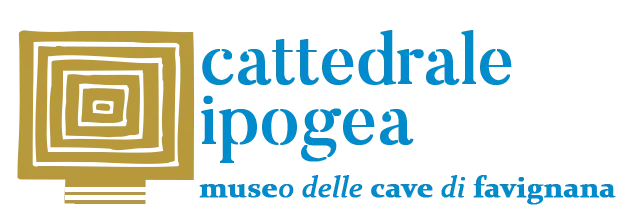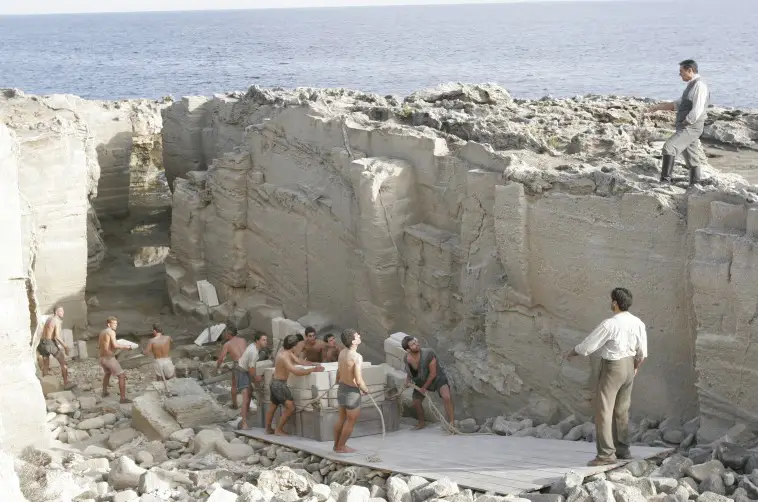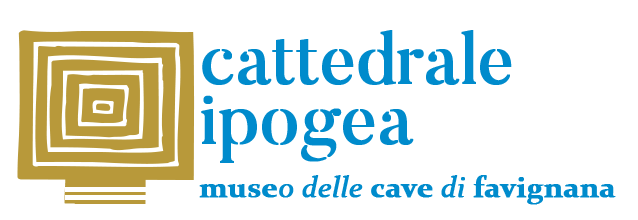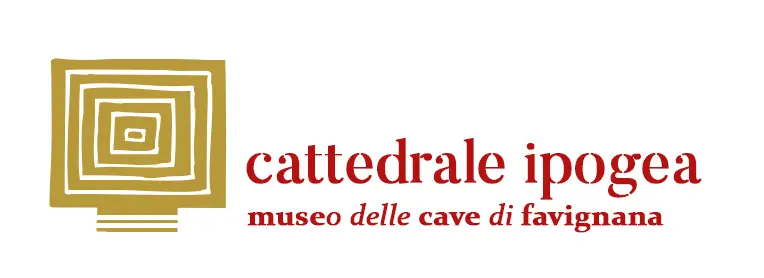The activity of extracting ‘tuff’ involved a large number of ‘pirriaturi’, as the extraction workers were called in the local dialect
Some worked in open-cast quarries, while others toiled by the light of acetylene lamps in underground quarries that stretched for hundreds and hundreds of metres into the heart of the earth. While inside the sedimentary rock an army of highly skilled quarrymen and labourers moved about, outside there were carters and sailors who exported the load to the mainland using ‘schifazzi’, which were transport boats.
They were such a significant category of workers that the Crucifix, their patron saint, became the patron saint of the island. It was thanks to their labour that this ‘stone-like habitat’ that distinguishes the island of Favignana came into being.
The rock was attacked laterally with tunnels in order to reach the most valuable material, which was also the deepest, due to its compactness and grain. At other times, they worked from top to bottom, excavating and clinging on with their hands and feet to the notches, ‘i scanneddi’, taking care to leave large pillars, ‘i pileri’. It was in this type of quarry that the skill and competence of the ‘pirriaturi’ – who was simultaneously a labourer and an engineer – was evident. He had to judge how much he could excavate to avoid collapses.
The work was based on piecework; they were paid according to the blocks extracted, so they worked from dawn till dusk, often bringing their children, from the age of 8-10, along to help. The ‘pirriaturi’ would lease a piece of land, starting to work it from the ‘cappellaccio’, that is, the superficial, very hard limestone; then they would begin the work of extracting perfectly squared blocks (conci) in various sizes depending on their use.
‘Mastro di pirrera’ or ‘di mannara’ – wrote Antonino Cusumano – was someone who knew how to identify the best point of attack and locate the arrangement of the layers by ‘listening’ to the resonances of the blows on the stone, someone who had an eye and an ear technically trained to ‘feel’ the solid and hollow parts of the rock. Not all the ‘tuff’ blocks were suitable for use in construction; in fact, sometimes they could be internally damaged, therefore, at the moment of ‘scippamento’ (tearing away) with a blow of the zappuni (a type of pickaxe), they would listen to the sound it made: if this sound was a thud, without vibrations, the block was to be discarded, while if the sound was a harmonious ringing, almost like a song, the block was promoted to being a ‘Cantuni’ (cornerstone).

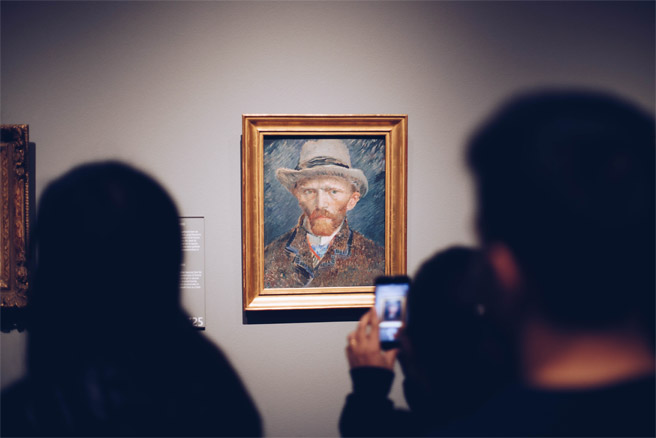
Private collection 2158. Courtesy of the artist and Mrs.
This quarry, the Cava di Mastru Francisco, u Prisirenti (Master Francis’s Quarry, the President), stands as a testament to how one man, instead of becoming despondent in solitude and darkness, found the enthusiasm to create sculptures with the tip of his pickaxe: the ‘capitelli’ (capitals) on top of the ‘pileri’ (pillars) have the structural function of ‘discharging’ the weight of the ‘cappellaccio’ (hard surface layer) onto the pillars, but with remarkable skill and artistic flair.
Others, like ‘u zu Sarinu’ (Uncle Sarinu) – Rosario Santamaria, his real name – after being a master ‘pirriaturi’ became a self-taught sculptor at sixty, with a workshop and an art gallery in the port of Favignana, shaping the stone that he had ‘wrested’ from the earth and that had made him suffer his whole life. For him, art was a pure expression, for personal pleasure.
His sculptures, mostly grotesque heads, he often gave away to tourists; others he placed, often without asking the owners’ permission, on the gateposts of some villas.
And so, the ‘tuff’ of Favignana has continued to live even after the end of its extraction.
